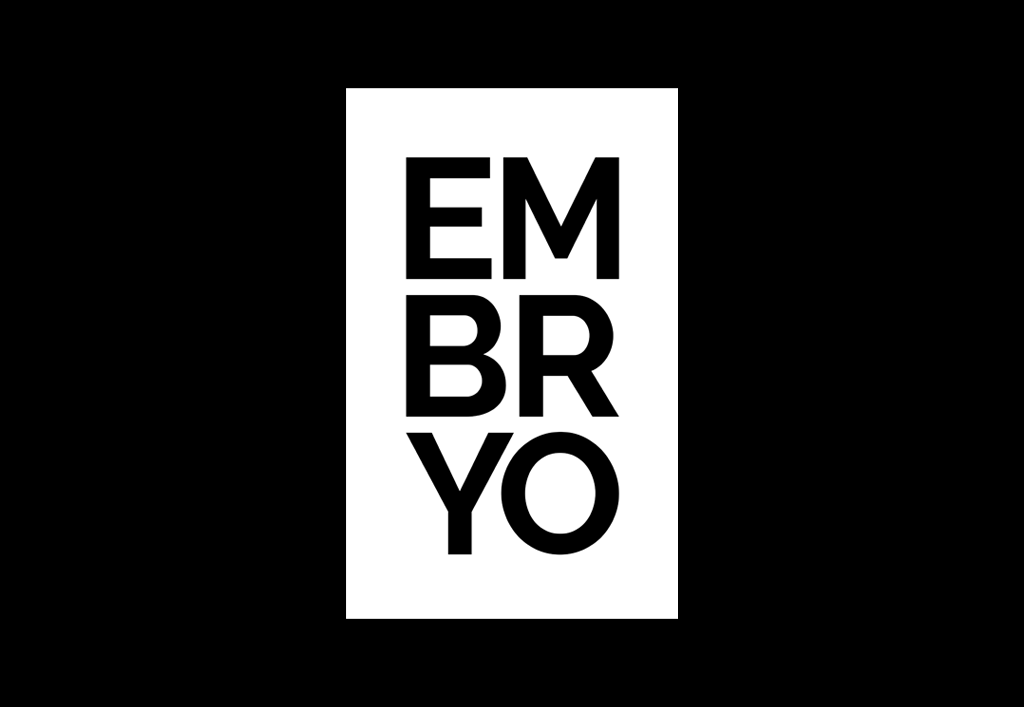
SEO for e-commerce and why it is essential

What is SEO for E-commerce?
SEO for e-commerce sites is the process of making an online store more visible in the search engine results pages. When a user searches for a product, blog or category of said product you want YOUR page to be as close to the top of the results page as possible.
You could try bringing traffic to your site via paid search (PPC) but search engine optimisation is free, while paid search is restricted by ad blockers and other keyword restrictions. So even if you are looking into paid search, optimising for organic search is something you will want to do anyway.
If you were starting out optimising your e-commerce site, you would want to start with the following simple steps:
- Headline optimisation.
- Product descriptions optimisation.
- Descriptive meta descriptions for main pages and all products.
- Structure your navigation for good SEO.
These are just a few simple SEO steps you should take before diving into any more ‘technical’ SEO.Don’t forget to do this for all your static pages, such as the home-page, about us page and contact us page.
Why it is Essential to use SEO for your E-commerce Sites.
If a user is searching for a product, more likely than not they will search for it in Google. Having your site and your product pages ranking as high as possible on Google’s results pages is essential, as most people click on the first link they see in the SERPs.
The results you see from being at the top are quite easy to work out…traffic, traffic, traffic!
If your site is not at the top of the search results, you will almost definitely lose valuable and interested customers. Your products and site may have a space in the rankings but are they findable? If not, you need to go to your PC and begin to implement some of the advice in this post
Should You Have An SEO Strategy in Place?
Absolutely!
If you have a large website with loads of products, it will take you quite a while to get through your SEO tasks. BUT if you have a strategy in place than it will be an easy (ish) ride for you.
Make sure you take the time to put the following steps into your strategy,
- Workflow Creation – SEO needs you to meet very specific requirements. Create a workflow to keep everything you need to do in one place, create a workflow to work off. Choose keywords, metadata, alt tags and image name corrections/creations. All these falls under this category.
- Competitor Analysis – Make sure the strategy you put together will outwit your competition. Look at their backlinks, on-page SEO, traffic etc. and identify ways to make your site better.
- Page Prioritisation – Take a look in analytics which pages have the most traffic coming into them and make sure you prioritise that page’s SEO. Alternatively, if you have a product that is very popular, optimise for that product.
Thorough Competitor Research
You can ‘steal’ many optimisation tips by just looking through your competitor’s site on tools such as Ahrefs or SEMrush. I have no doubt that some of your bigger competitors have already done a lot of the leg work in regards to SEO.
Keywords are something you will want to look at when examining your competitor’s strategies. Take a look through their home-page content and find the keywords with high search volumes, that are realistic for a business of your size to rank for. For example, if you find a keyword with a search volume of 500,000 and you’re a local business …you are not going to rank for it, I’m afraid.
Homepage SEO for your Site
Homepage content
The content on your homepage should help your customers understand what your business is about and allow them to learn more about what your business can offer them. Try not to unload a load of information on them, (believe me I LOVE long form content but for e-commerce, shorten the content to, maybe 1 – 2 thousand words instead of 4 which is what I would recommend to sites in other industries). Try to feature a couple of products on the homepage, as well as your unique selling points as a company.
Your page titles are a main point for your SEO, as they entice the user when they will see them in the search engine results pages (SERPs). You should include in the title tag your business name and your targeting key phrase. Make sure you only have your key phrases within the content on the homepage, as if you do it on the other pages it will be flagged as duplicate.
Meta descriptions
Your meta descriptions define your business in the SERPs, so when writing your description for the homepage make sure you are descriptive, enticing and mentioning your unique selling point! Oh, and you have to keep it all under 155 characters! This seems hard but for great SEO you have to make it work, for the good of your business.
To conclude, many owners of e-commerce sites want to go straight for conversions, which is actually harming their business overall. Don’t fall into that trap, build your site from the bottom through SEO as well as other factors for website building, and believe me, if you do your SEO right on e-commerce sites you will have a very successful business.



